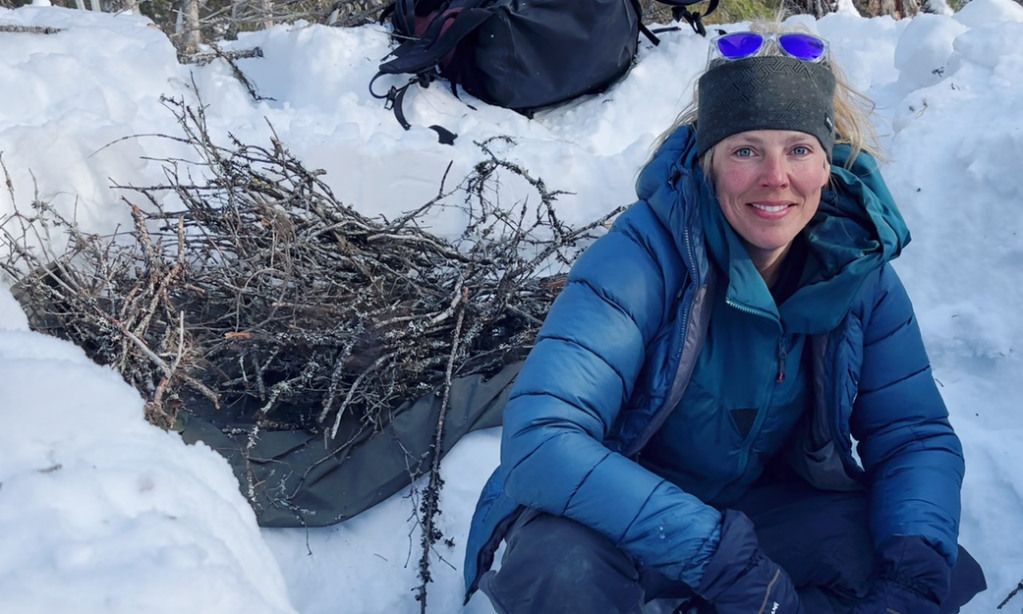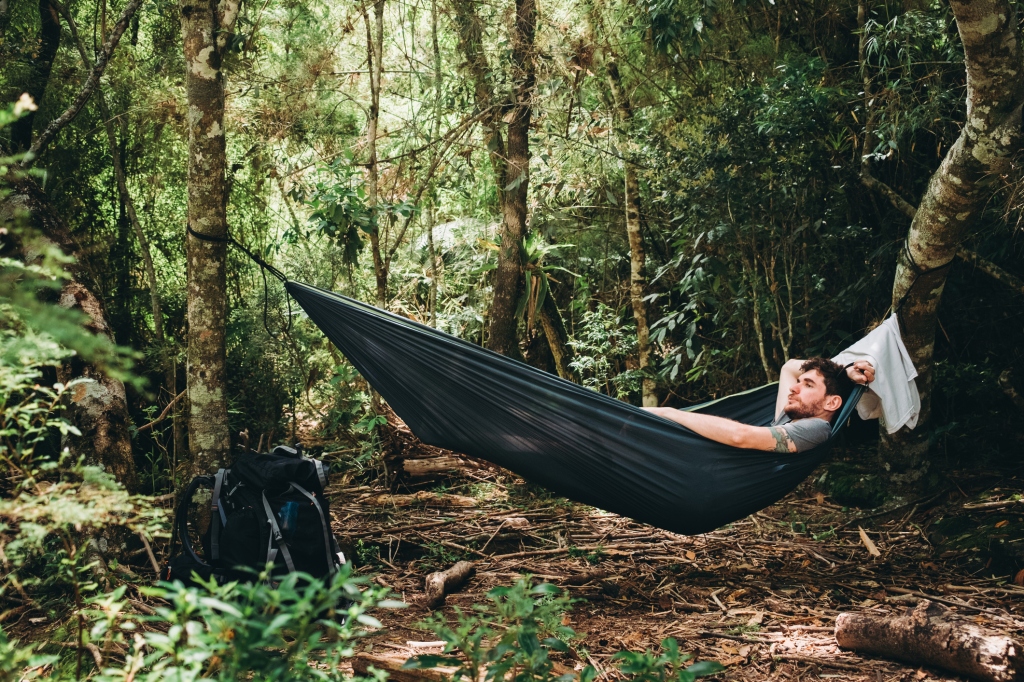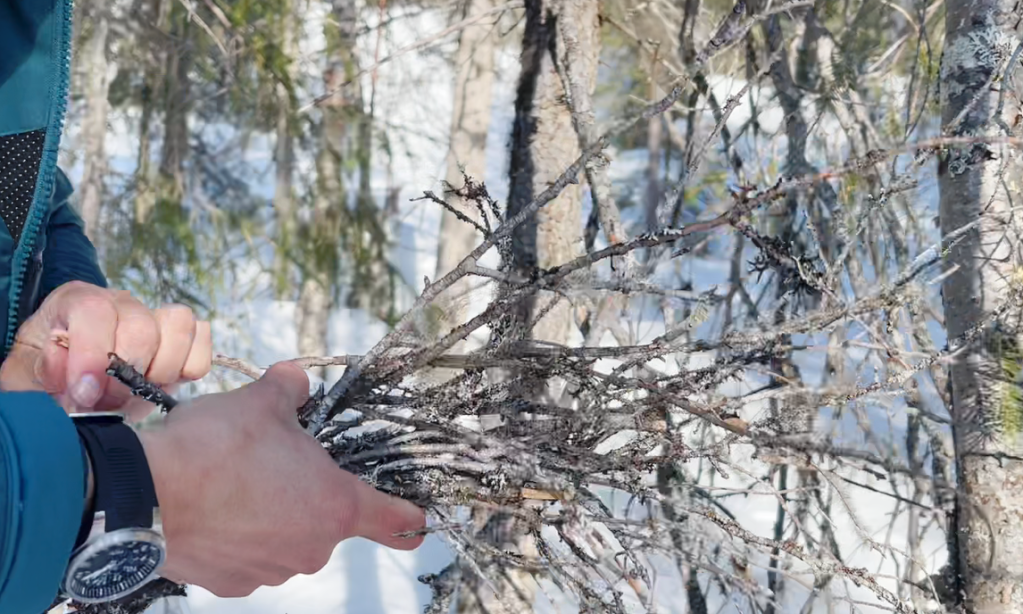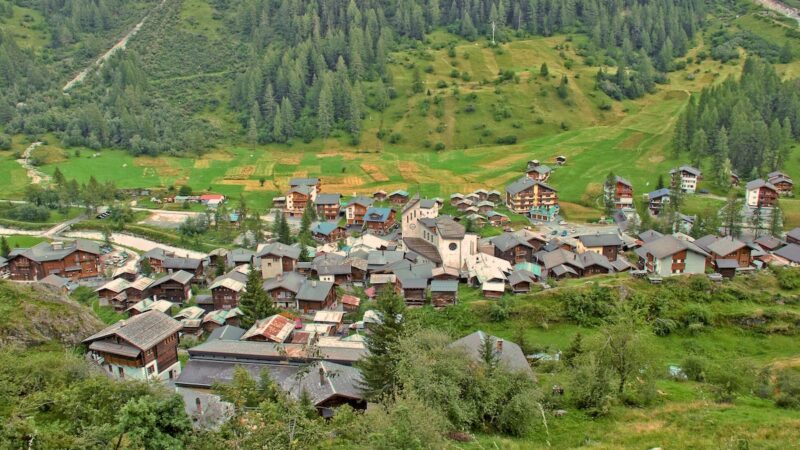Lost In The Woods Without A Tent? Here’s What To Do, According To Megan Hine
It’s below zero and you’re in the forest without your bearings… and without a tent. Without a secure spot to rest and escape the elements, it’s tough to keep your energy up and mind focused on survival. Without a tent, what alternatives are available for shelter?
We recently had a conversation with British wilderness specialist, survivalist and Outdoors.com expert Megan Hine to explore possibilities and ways in which one can adapt in such circumstances. Below are Hine’s top tips, in no specific order:
Tip 1: Conserve energy

Since the context of every survival situation differs, adventurers must assess the moment to figure out what is the best way to create shelter without expending lots of energy, since conserving your energy is key to staying alive in the wild.
“If you’re in the desert and it’s dry, you don’t necessarily need to build a full-on shelter—creating a fire may be enough,” she said. “It may turn out that the best ‘shelter’ you can build is not to build one at all.”
Tip 2: Get out of the wind

Outdoors experts keep in mind the “Hypothermia Triangle.” These are the three conditions that can lead to the life-threatening condition of hypothermia: cold, wind, and wetness. That means you want to minimize exposure, as best you can.
The wind is one that many amateurs overlook.
In winter, one shelter option to get out of the wind may be to take a shovel and dig into the snowpack to create a snow hole. Hine said this makeshift shelter can be nothing more than a shallow grave-like tomb, with the ceiling just a few inches above your nose. Surprisingly, even in freezing temperatures, a hole of this nature can keep in body heat and provide shelter from external elements.
“Minimal output usually maximizes survival,” she said. “You want to be smart about how you manage this, both for your own safety and also the safety of other rescuers.”
Tip 3: Get off the ground

In the tropics, getting off the jungle floor and away from dangerous insects is key. Hine suggests one way is creating a hammock, which also create air flow as they wick away the heat. “Shelter of a different kind,” she said, and noted that lightweight tarps and bivvy bags (which are essentially weather covers for sleeping bags) can be helpful to carry.
Tip 4: Use what nature provides

In extreme conditions, finding shelter is often about being resourceful. Keep your eyes open and scan the local environment for anything that might provide protection from the elements: caves, overhangs, hollowed-out trees, and other natural features that might provide cover or shade.
Hine said it’s important to make sure the features don’t pose any risks or threats first.
“You always need to make sure there is no wildlife in there first,” she said. “Large cats or bears are a big concern, depending on where you are and what time of year it is.”
It’s also a good idea to survey the landscape and make sure that you’re not seeking shelter in a place that could put you at risk of flash flooding or lightning strikes. One good rule: Avoid sheltering in the highest or lowest spots in an area.
Tip 5: Natural heat
In freezing temperatures, Hine recommends stuffing your pants and jacket with natural insulation such as grass and leaves – turning your clothing into a container for your expended body heat.
“Basically, this strategy protects your core,” said Hine. “Think back to the hypothermia triangle; you want to keep yourself warm at all costs.”
Another natural heat source is what Hine calls a “Cowboy Bed.” Make a campfire, then place large rocks into it. Once the rocks heat up, carefully remove them and bury them into the sand or ground beneath your sleeping bag. The process essentially creates a heater upon which you can sleep. It also guarantees that at least for part of the night, you’ll be toasty and safe.
Source: https://outdoors.com/lost-in-the-woods-without-a-tent/







